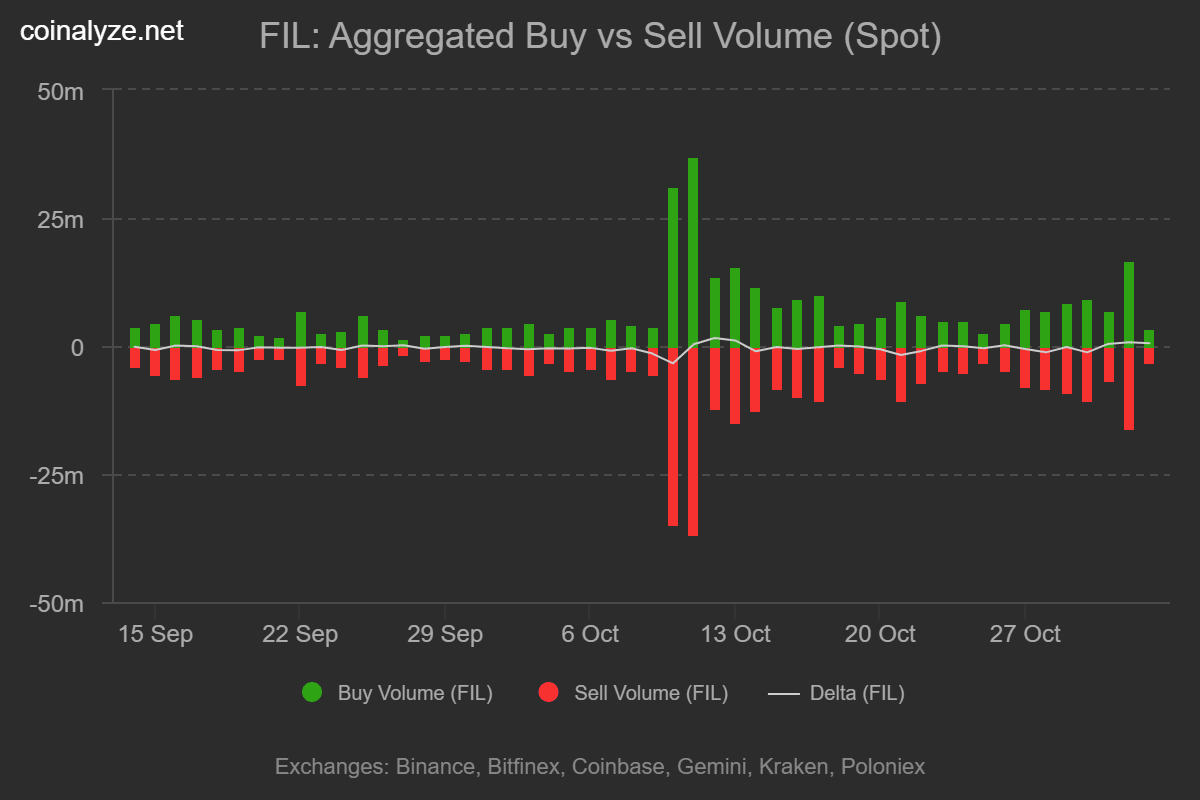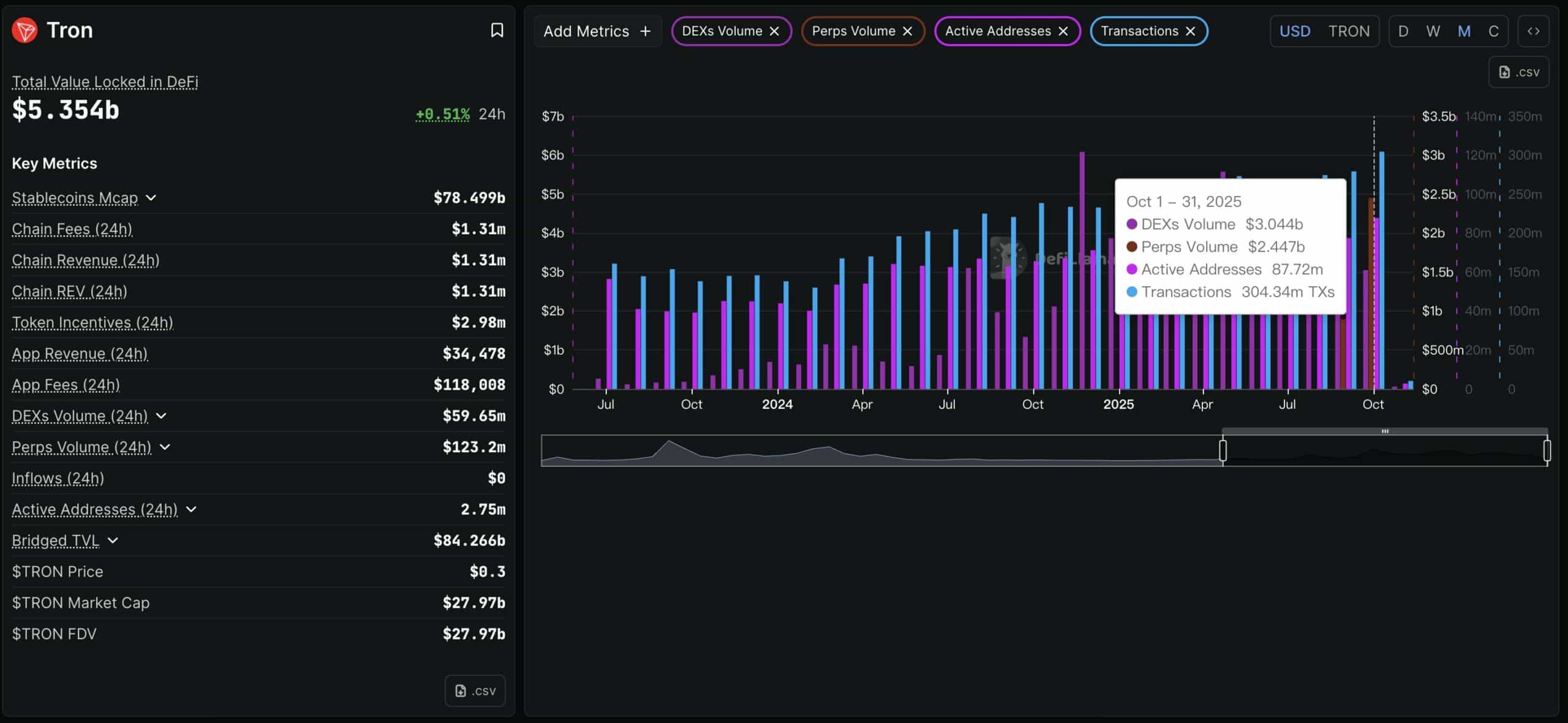Stripe and Paradigm Just Dropped a Blockchain Bomb—Here’s Why Tempo Could Rewrite the Future of Stablecoin Payments Forever
Ever wonder what it would take to make stablecoin payments not just faster, but practically instant, insanely cheap, and scalable enough to handle the real world’s demands? Well, Stripe and Paradigm just threw their hats in the ring with Tempo—a fresh, layer 1 blockchain tailored for exactly that. It’s not your usual crypto playground; this one’s crafted with the nitty-gritty of day-to-day transactions in mind—from payrolls and remittances to tokenized deposits and embedded financial accounts. Imagine a blockchain built on Reth, boasting lightning-fast transaction speeds and sub-second settlements, all while keeping fees rock-bottom and privacy an option—not a given. This is more than tech hype; it’s a serious shot at shaping the future of stablecoin payments by merging raw blockchain efficiency with practical, user-friendly fintech solutions. Curious how Tempo plans to upend the game and what it means for the broader crypto infrastructure? LEARN MORE.
The platform is designed to make stablecoin payments fast, cheap, and scalable.

Key Takeaways
- Stripe and Paradigm have launched Tempo, a layer 1 blockchain built for stablecoin payments and real-world transactions.
- Tempo targets use cases such as global payments, payroll, remittances, tokenized deposits, and embedded financial accounts.
Share this article
Stripe and Paradigm announced today the launch of Tempo, a blockchain platform designed to optimize stablecoin transactions and real-world payments, confirming earlier reporting that the two firms were quietly building a layer 1 solution.
The project, currently running on a private testnet, aims to address the growing demand for specialized stablecoin infrastructure, said Matt Huang, co-founder and Managing Partner at Paradigm.
“As stablecoins go mainstream, there’s a growing need for optimized infrastructure. Much of today’s crypto stack either explicitly or implicitly caters to trading but is comparatively underoptimized for payments,” Huang stated.
The network’s payment-first design features low fees, stablecoin gas payments via an enshrined AMM, a dedicated payments lane with opt-in privacy, and performance targeting over 100,000 transactions per second with sub-second settlement.
Built on Reth and fully EVM-compatible, Tempo aims to combine blockchain efficiency with user-friendly financial services.
The project received input from a strong group of early design partners from top-tier companies across AI, e-commerce, and financial services, including Anthropic, OpenAI, Deutsche Bank, Visa, Shopify, and Standard Chartered, among others.
Tempo will focus on several key use cases, including global payments and payroll, remittances, tokenized deposits for 24/7 settlement, embedded financial accounts, microtransactions, and agentic payments.
The new platform will operate independently with its own full-time team while maintaining connections to both founding organizations. Huang, who will continue his existing role leading Paradigm alongside Alana, will head Tempo.
“We believe Tempo will complement existing crypto infrastructure and be a conduit for many large enterprises to come onchain, increasing adoption of crypto tools and infrastructure,” Huang said.
Stripe is not the only company interested in creating a blockchain focused on stablecoins. Circle, following its blockbuster IPO, revealed Arc, a layer 1 network for stablecoin finance. The company aims for a debut this fall.
Share this article




















Post Comment